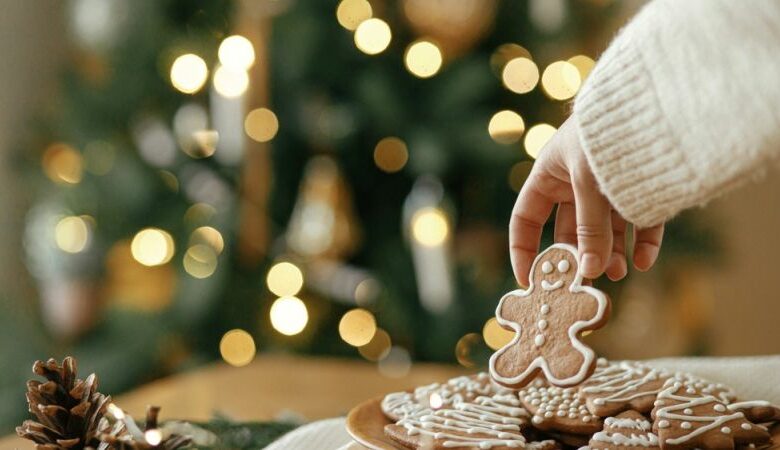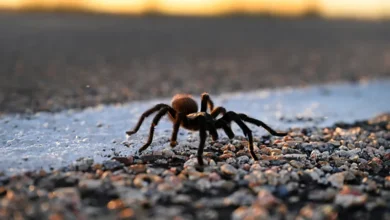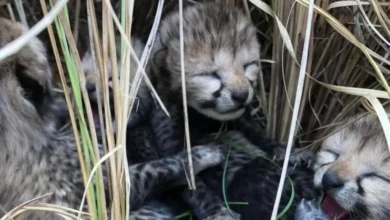Weirdest Christmas traditions worldwide

Christmas is celebrated with joy and festivity across the globe, but not every tradition involves decorating trees or singing carols. In some countries, unique and quirky customs have become part of the holiday spirit, showcasing the rich diversity of global cultures. Here’s a look at some of the weirdest Christmas traditions from around the world.
1. The Pooping Log – Catalonia, Spain
In Catalonia, children celebrate Christmas with Tió de Nadal, or the “pooping log.” This wooden log is decorated with a painted face and is “fed” by children in the days leading up to Christmas. On Christmas Eve, the log is beaten with sticks while children sing a traditional song, prompting it to “poop” out presents and candies hidden beneath a blanket.
2. KFC for Christmas Dinner – Japan
In Japan, Christmas isn’t a traditional holiday, but thanks to a clever marketing campaign by KFC in the 1970s, eating fried chicken has become a national custom. Families pre-order KFC meals weeks in advance to ensure they can enjoy the feast on Christmas Day.
3. Hiding Brooms – Norway
In Norway, it’s believed that Christmas Eve is a time when witches and evil spirits roam. To protect their homes, Norwegians hide their brooms and cleaning supplies to prevent witches from stealing them for midnight rides.
4. Krampus Night – Austria
In contrast to Santa’s jolly image, Austria has Krampus, a horned, demonic figure who punishes naughty children. On December 5th, known as Krampusnacht, people dress up as Krampus and roam the streets, scaring kids and reminding everyone to behave.
5. Roller Skating to Church – Venezuela
In Caracas, Venezuela, many residents skate to church on Christmas morning. Streets are closed to traffic to allow people to glide safely to early-morning Mass. The tradition is followed by a festive breakfast of traditional dishes like hallacas.
6. The Caganer – Catalonia, Spain
Another unusual Catalonian tradition involves the Caganer, a small figurine of a defecating person hidden within Nativity scenes. While it may seem irreverent, the figure is considered a symbol of good fortune, fertilizing the earth for a bountiful year ahead.
7. Spider Web Decorations – Ukraine
Instead of tinsel and ornaments, some Ukrainians decorate their Christmas trees with spider webs. This tradition stems from a folktale about a poor widow whose children’s tree was magically adorned by helpful spiders, bringing them luck and prosperity.
8. Christmas Sauna – Finland
In Finland, many families celebrate Christmas Eve by relaxing in a sauna. This tradition is deeply rooted in Finnish culture and is seen as a way to cleanse the body and soul before the holiday festivities.
9. Burning the Goat – Sweden
The Swedish town of Gävle has a unique custom of erecting a giant straw goat, known as the Gävle Goat. However, since its inception in 1966, vandals have made it an unofficial tradition to try and burn it down, leading to a yearly battle between security measures and would-be arsonists.
10. Tossing Shoes – Czech Republic
In the Czech Republic, single women participate in a fortune-telling tradition on Christmas Day. They stand with their backs to the door and toss a shoe over their shoulder. If the shoe lands pointing toward the door, it’s believed they’ll get married in the coming year.
11. Eating Pickled Herring – Poland
In Poland, the Christmas Eve dinner, known as Wigilia, often includes pickled herring. This unusual dish is considered a symbol of good luck and prosperity for the coming year.
12. Yule Cat – Iceland
Iceland’s Yule Cat, or Jólakötturinn, is a mythical feline that prowls the countryside during Christmas. According to legend, the cat eats anyone who hasn’t received new clothes before Christmas Eve, encouraging generosity and the giving of warm garments.
13. Porridge for the Nisse – Denmark and Norway
In Scandinavia, families leave a bowl of porridge out for the nisse, a mischievous gnome-like creature believed to protect their homes. If the nisse is neglected, it may cause trouble during the holiday season.
While these customs may seem unusual to outsiders, they embody the festive spirit and cultural heritage of the communities that celebrate them. From mischievous creatures to unconventional decorations, these weird and wonderful traditions remind us of the diverse ways people around the world bring magic to their Christmas celebrations.











